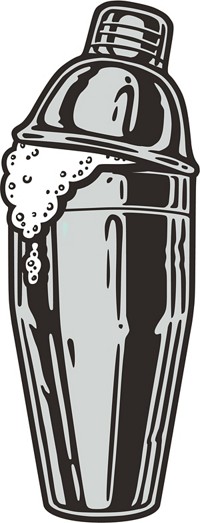Advertisement
Grab your lab coat. Let's get started
Welcome!
Welcome!
Create an account below to get 6 C&EN articles per month, receive newsletters and more - all free.
It seems this is your first time logging in online. Please enter the following information to continue.
As an ACS member you automatically get access to this site. All we need is few more details to create your reading experience.
Not you? Sign in with a different account.
Not you? Sign in with a different account.
ERROR 1
ERROR 1
ERROR 2
ERROR 2
ERROR 2
ERROR 2
ERROR 2
Password and Confirm password must match.
If you have an ACS member number, please enter it here so we can link this account to your membership. (optional)
ERROR 2
ACS values your privacy. By submitting your information, you are gaining access to C&EN and subscribing to our weekly newsletter. We use the information you provide to make your reading experience better, and we will never sell your data to third party members.
Food Science
Newscripts
Sweet science: Gluten-free piecrust and Pasteur’s patisserie
by Bethany Halford
February 5, 2023
| A version of this story appeared in
Volume 101, Issue 5
When pie is not so easy

A couple of months back, the Newscripts gang sliced into the science of piecrust. The secret to a perfectly flaky pastry, our sources said, is to break up gluten with globs of fat and to carefully control water content to prevent formation of too much gluten in the first place.
This revelation prompted reader Bradley K. Norwood to write in about challenges he’s had making gluten-free piecrust. “In most gluten-free flours, the gluten replacement is xanthan gum, and I have a homemade mixture that I use as a 1:1 replacement in all my baking, to great success—except in piecrusts,” he writes, along with a request for Newscripts to serve up a helping of gluten-free piecrust science.
Water is the reason Norwood’s gluten-free mix succeeds for cakes and muffins but fails when it comes to piecrust, according to Andrea Brown, who is the research and development project manager at King Arthur Baking and has a PhD in cellular and molecular physiology. “In a room temperature mix of gluten-free flour, gum, and water, the gum will take up much of the water that is absorbed,” Brown tells Newscripts in an email. “This is similar to what happens in wheat flour where gluten binds most of the water.” For a successful piecrust, she says, the gum needs to release enough water to the flour’s starch as the crust bakes to allow the starch to gelatinize and make a network in the crust. Cake batter has plenty of water, so the competition between gum and starch is less important.
To make a good gluten-free piecrust, Brown says, the amount of gum is critical: too much, and not enough water will be released to bind with the starch, making the crust weak; not enough, and excess free water will make the dough difficult to handle. She adds that the type of starch in the gluten-free flour used is important, because it affects the speed of gelatinization and the efficiency of network formation. “Not all gluten-free flours are created equal,” she says.
Dessert data

There was a sweet surprise for Rebecca Stevick on her first day as a postdoctoral fellow at the Pasteur Institute. When Stevick walked into the institute’s canteen for lunch, she saw a massive table filled with individual servings of crème brûlée, each one carefully flambéed at the table by the canteen’s pastry chef. “As an American in Paris, it was just absolutely amazing to me,” she recalls.
Stevick, who studies microbial ecology, quickly grew to appreciate the canteen’s dessert offerings—of which there were several choices daily. She began a little ritual: each day before enjoying her dessert, she’d snap a photo and send it to her family in the US.
Once she had assembled 50 photos, she decided to do a more scientific study, enlisting her colleagues to gather data on the desserts and rate their deliciousness. The analysis was presented in a poster that Stevick stealthily snuck among posters about microbiology at her department’s scientific retreat last year. “People were shocked that it was real data. I didn’t just make it all up,” she says.
Stevick also put the poster and data on GitHub, a website for software developers, so that the information can be used as a training tool for data analysis. “You can approach data in the same way, whether it’s a dessert data set or a biological data set or a chemical data set,” she says.
Since publishing the poster, Stevick has received a lot of positive feedback from many of the scientists at the Pasteur Institute, but perhaps the work’s biggest fan is the canteen’s pastry chef.
Please send comments and suggestions to newscripts@acs.org.





Join the conversation
Contact the reporter
Submit a Letter to the Editor for publication
Engage with us on Twitter